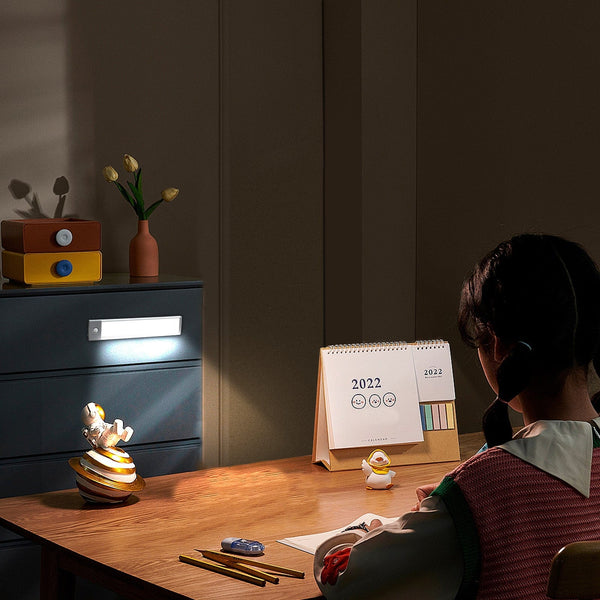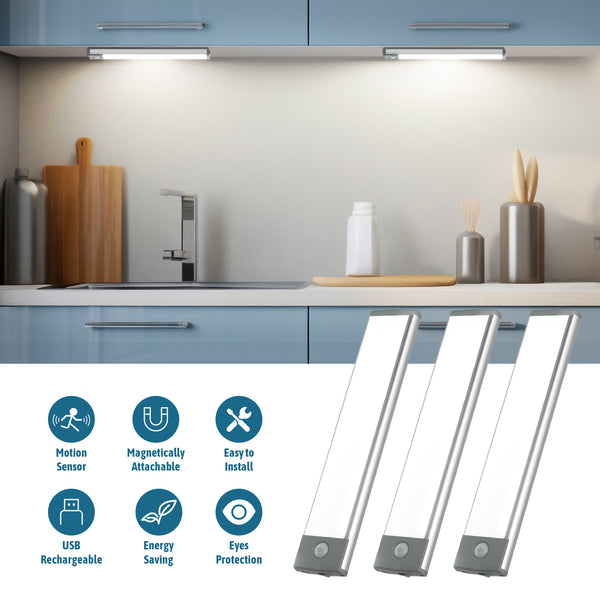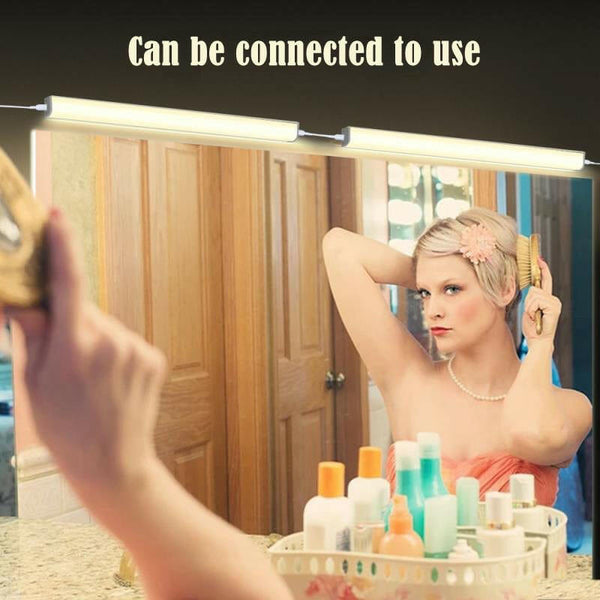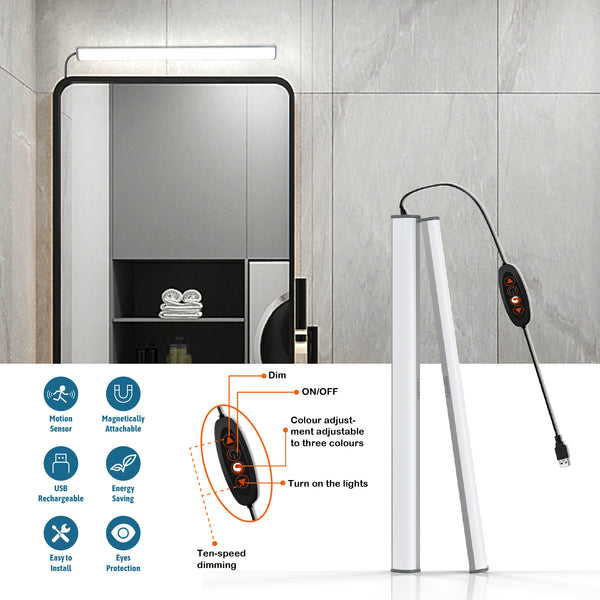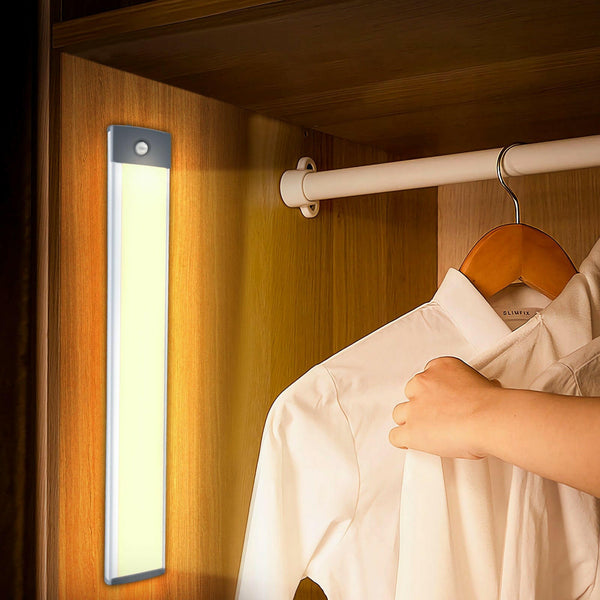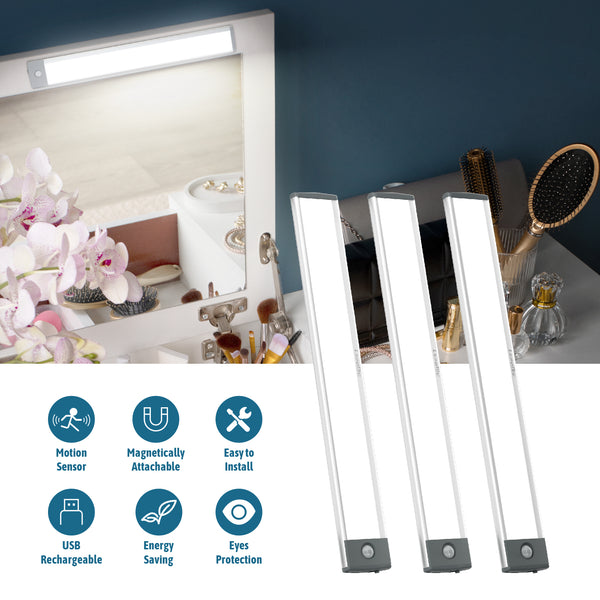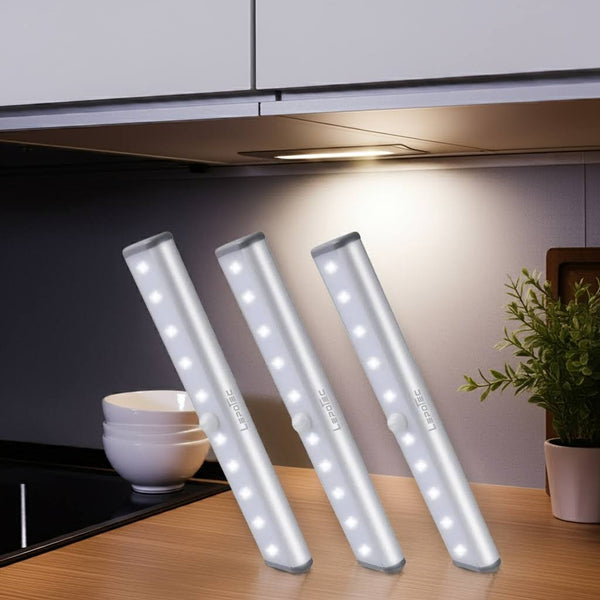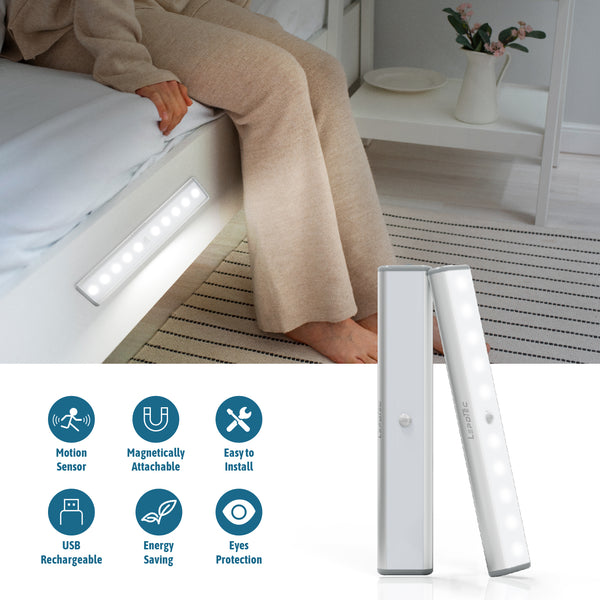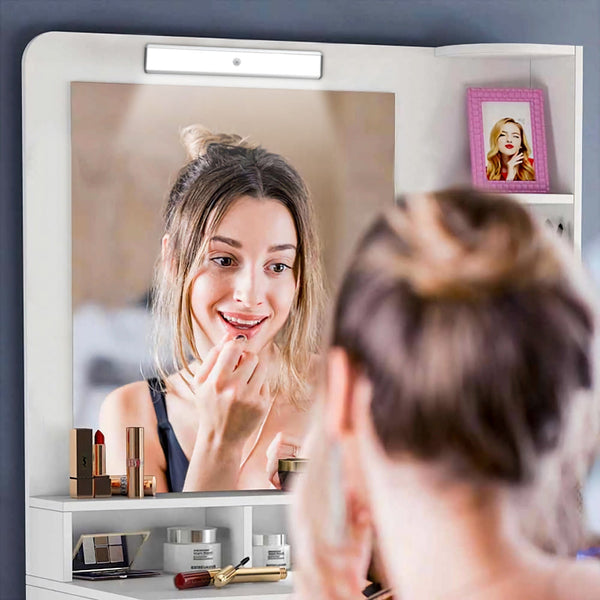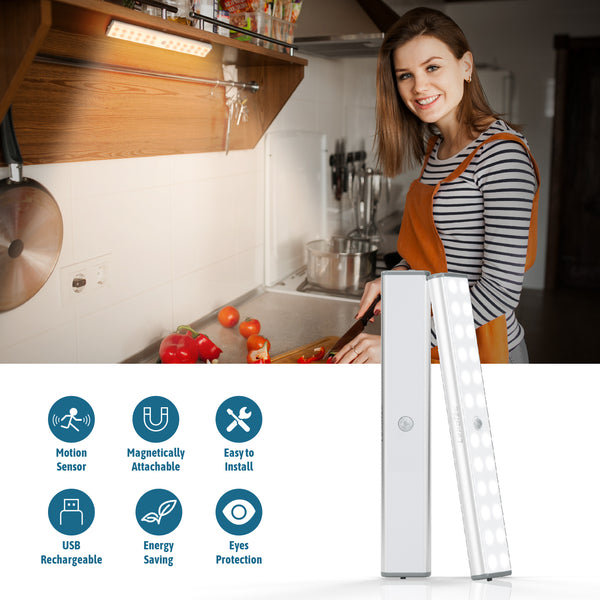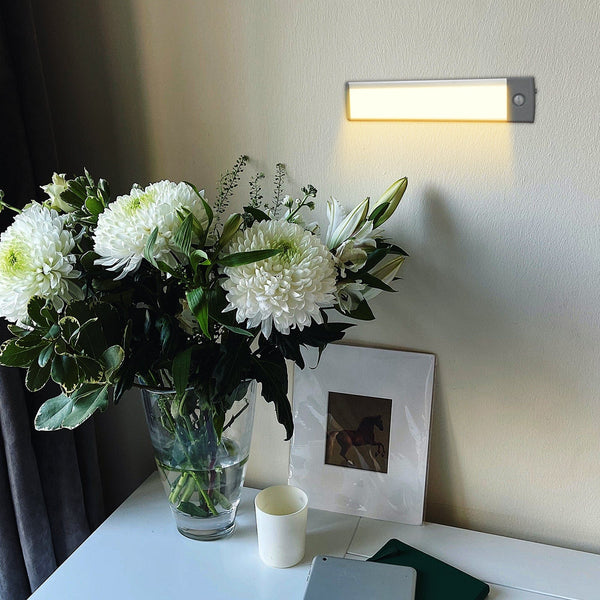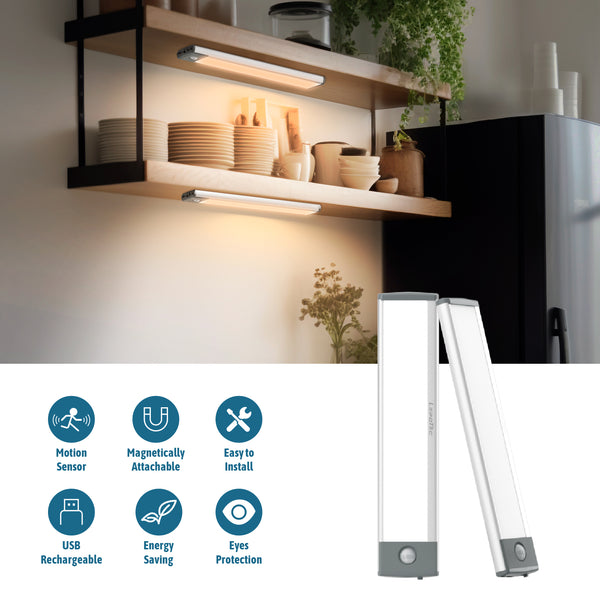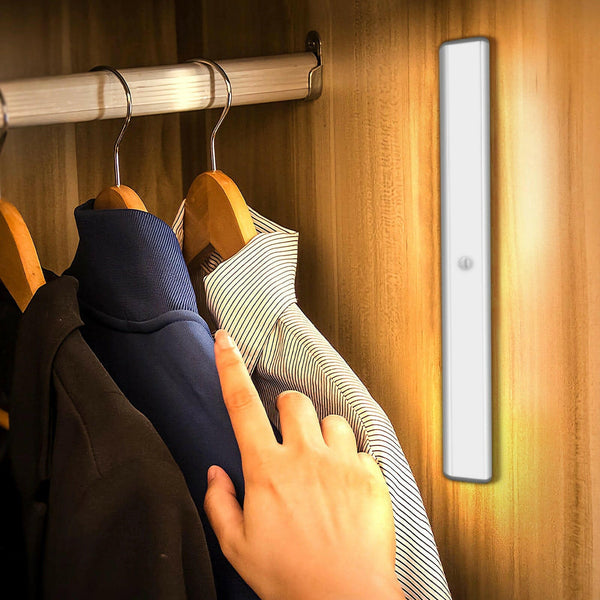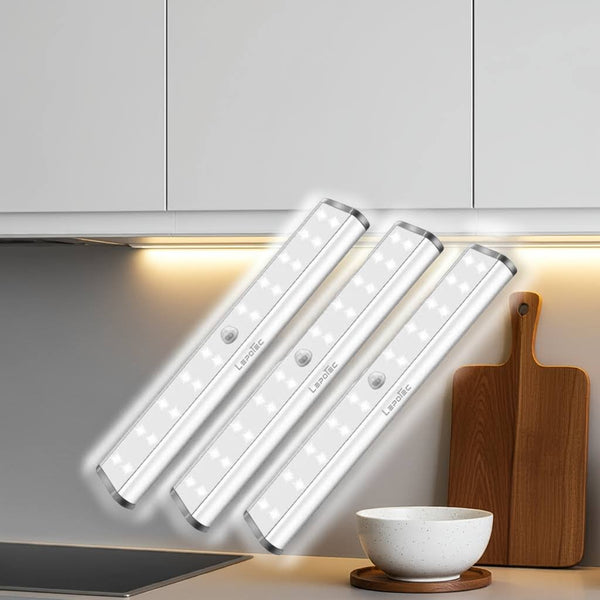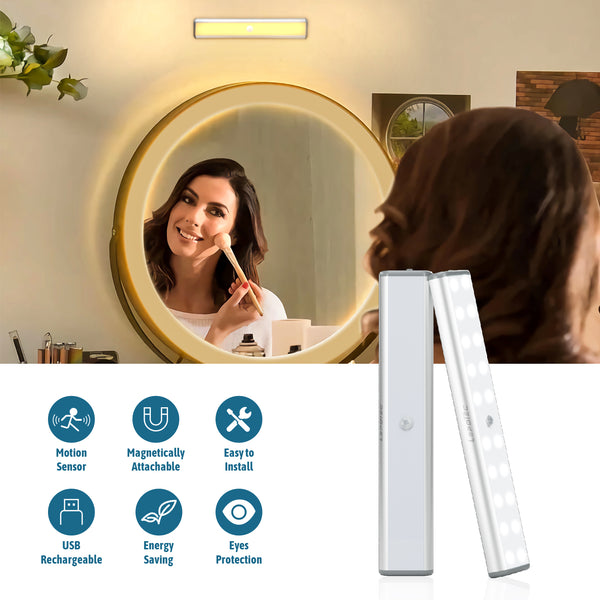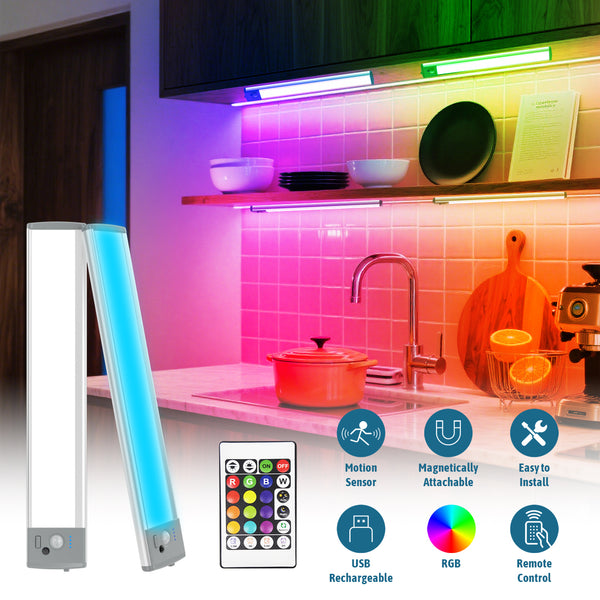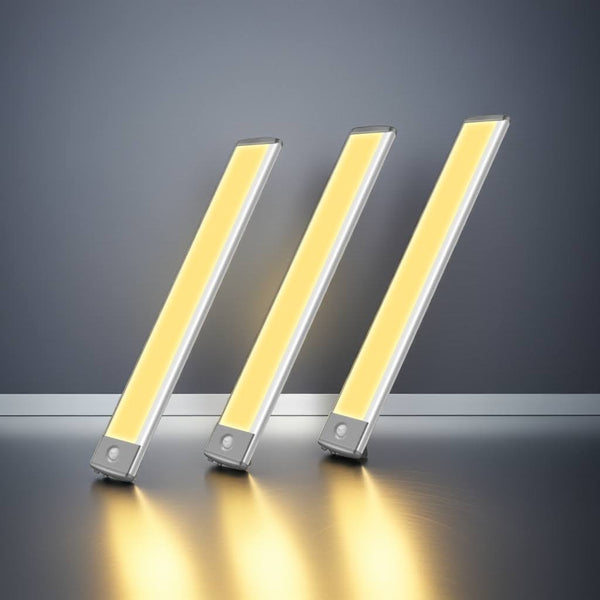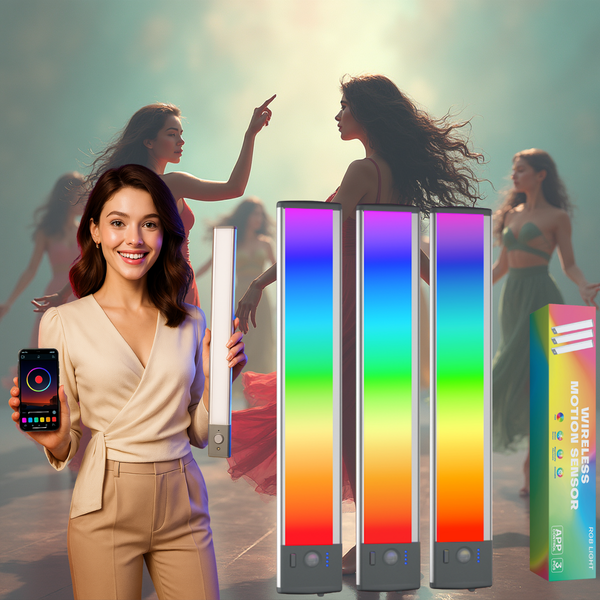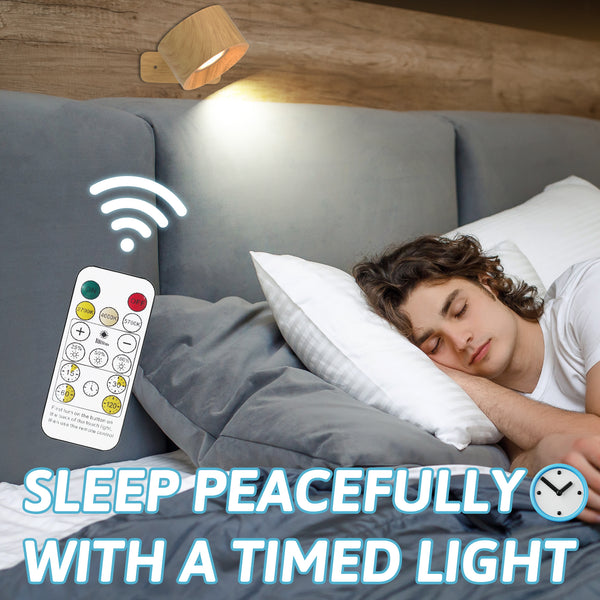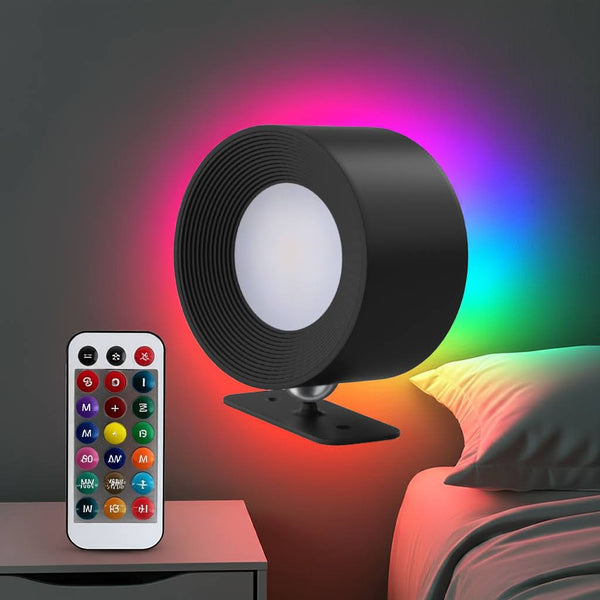A Comprehensive Guide
When designing a functional and inviting kitchen, under cabinet lighting plays a pivotal role. Not only does it enhance task visibility for cooking and prep work, but it also sets the mood for the space. One common dilemma homeowners face is choosing between warm or cool tones for their kitchen under cabinet lights. This article explores the pros, cons, and ideal scenarios for each option, helping you make an informed decision.
Understanding Warm vs. Cool Lighting
Undercabinet kitchen lights are typically categorized by color temperature, measured in Kelvins (K):
-
Warm White (2700K–3000K): Emits a soft, yellowish glow reminiscent of incandescent bulbs. This tone creates a cozy, inviting atmosphere.
-
Cool White (4000K–5000K): Produces a bright, crisp light similar to daylight. It’s ideal for enhancing visibility and modern aesthetics.
Factors to Consider When Choosing Under Cabinet Lights
1. Kitchen Size and Layout
Smaller kitchens may benefit from cool under cabinet lights, as they create an illusion of spaciousness. Larger kitchens can balance task and ambient lighting by pairing warm tones with pendant lights or chandeliers.
2. Primary Use of the Space
-
Task Lighting: Cooler tones (4000K–5000K) are optimal for food prep areas, offering clarity for chopping, reading recipes, or cleaning.
-
Ambient Lighting: Warm lights (2700K–3000K) work well for evening meals or entertaining, adding a relaxed vibe.
3. Existing Decor and Color Scheme
Warm tones complement traditional kitchens with wood finishes or earthy palettes. Cooler lights suit modern, minimalist designs with stainless steel, white cabinetry, or bold accents.
Pros and Cons of Warm Under Cabinet Lighting
Pros:
-
Creates a welcoming, cozy atmosphere.
-
Reduces eye strain in low-light conditions.
-
Blends seamlessly with warm-toned countertops or backsplashes.
Cons:
-
May lack brightness for detailed tasks.
-
Can make cool-colored surfaces (e.g., white marble) appear dull.
Pros and Cons of Cool Under Cabinet Lighting
Pros:
-
Enhances visibility for precision tasks.
-
Modernizes the kitchen’s aesthetic.
-
Reflects well on glossy surfaces, amplifying brightness.
Cons:
-
May feel sterile or harsh in the evenings.
-
Can clash with warm decor elements.
Hybrid Solutions for Flexibility
For the best of both worlds, consider:
-
Dimmable LED Strips: Adjust brightness and tone based on the time of day or activity.
-
Layered Lighting: Combine cool undercounter kitchen lights for task areas with warm pendant lights for dining zones.
Expert Recommendations
-
Task-Heavy Zones: Opt for 4000K–5000K cool lights near cutting boards or sinks.
-
Entertainment Areas: Use 2700K–3000K warm lights above bars or breakfast nooks.
-
Mixed Lighting: Install dual-temperature fixtures or smart bulbs for customizable options.
Conclusion
The choice between warm or cool under cabinet lights ultimately depends on your kitchen’s function, design, and personal preferences. Warm tones excel in creating ambiance, while cool tones prioritize practicality. By assessing your needs and experimenting with hybrid setups, you can achieve a kitchen that’s both stylish and functional.




